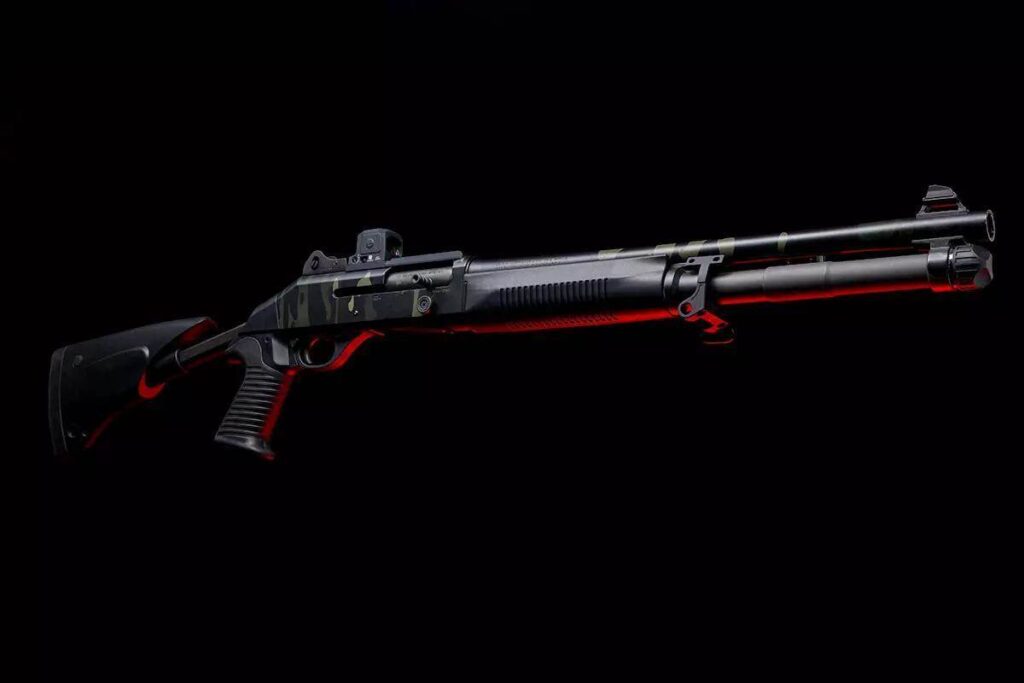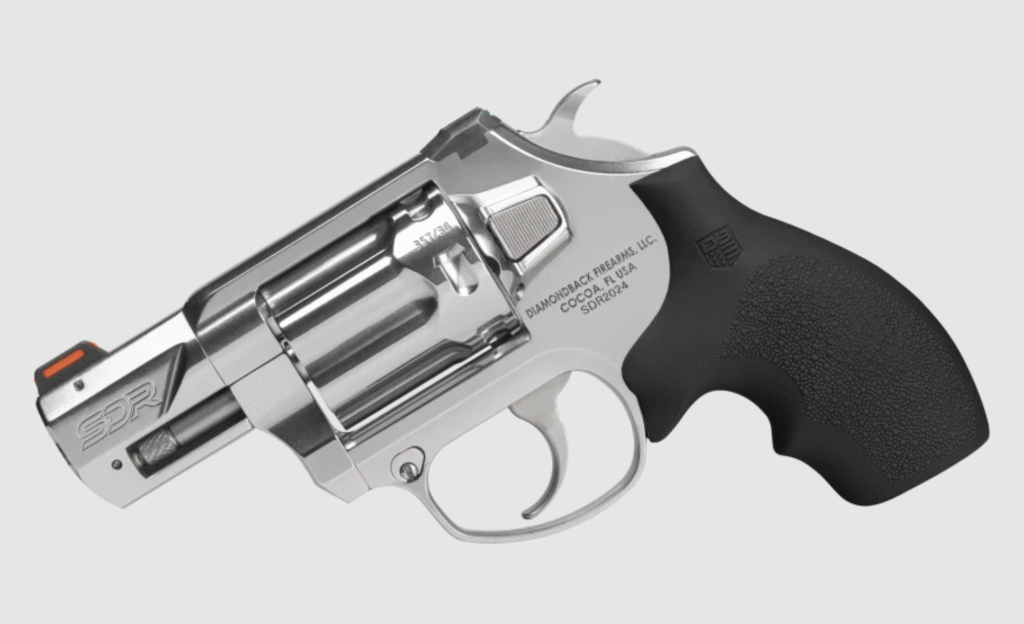There is a lot of ‘information’ circling about the corners of industry about what short barrels do to a rifle’s effectiveness. I’ve heard a multitude of variations on the actual effects however the two overarching themes are
-They are less accurate
-They have less ‘stopping power’
Advertisement — Continue Reading Below
Sage Dynamics does an excellent job in this video covering why those two myths are just that, myths.
Short barreled platforms in the form of pistols and short barreled rifles are incredibly popular right now. They look ‘Operator’ cool. They are lighter than their larger brethren. They are easier to use indoors and in confined spaces. They occupy a unique legal niche for civilians allowing greater latitude for self defense.
But as SD eloquently points out there are differences between the standard 16″ barreled rifles and their shorter counterparts especially when it centers around a round of ammunition originally designed for a 20″ barrel.
Advertisement — Continue Reading Below
Differences, in this case, do not equate to less accuracy or ineffectiveness but knowing these performance differences will help the shooter better utilize the tool.
The greatest change between the longer and shorter guns is muzzle velocity. Shorter barrels have less space to build pressure before the bullet exits the barrel and this does influence effective range and terminal ballistics (loosely termed ‘stopping power’) however in the relevant 100m self defense sphere the effects desired are still present.
Additionally shooters have proven the shorter guns can still do their jobs at 300, 500, and even 800m after accounting for the change in bullet velocity. Knowing a weapon’s capabilities frames the window of its effectiveness, science in place of anecdotes.
Advertisement — Continue Reading Below















